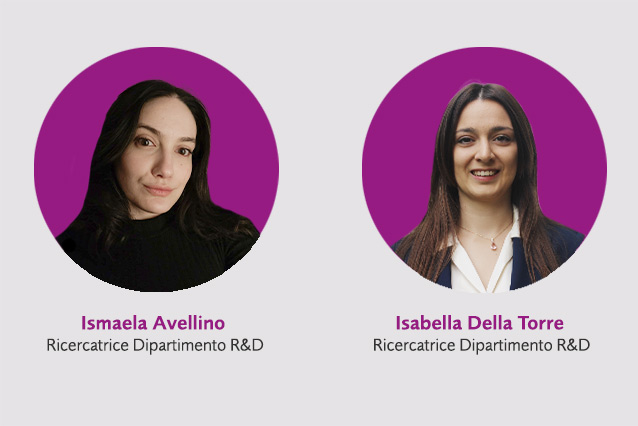
Gpi is among the invitees to AIHealth 2024, the first international conference on the relationship between Healthcare and Artificial Intelligence scheduled in Athens from March 10 to 14.
Ismaela Avellino and Isabella della Torre, from the R&D Team, are the speakers for the predictive analytics project selected for the “AI-in-Health scientific directions” session. An important recognition that emphasizes innovation and commitment in the field of technology applied to health from a One Health perspective.
How does GPI position itself in the context of research on predictive analytics applied to the healthcare sector?
Ismaela Avellino – GPI is actively engaged in developing solutions that contribute to the actual improvement of the quality of healthcare services offered to people. In line with this commitment, the company has launched a research project, selected for the Athens Conference, to support the effective management of Emergency Departments and their clinics. AI plays a fundamental role in data analysis with a One Health approach because it helps identify interdependent patterns and trends between human health and the environment. In particular, we are investigating how to structure accurate predictive analyses to estimate Emergency Department visits and hospital admissions for the exacerbation of specific diseases, based on short-term exposure to climate-related and pollution agents. The goal is to understand how to predict visits and hospitalization volumes by leveraging environmental data, a factor we consider significant but has been overlooked until now.
How have you explored this idea?
Isabella della Torre – We are not starting from scratch; in fact, there is already a significant amount of scientific literature showing how climate or pollution, but not synergistically, have effects on people’s health, especially on those suffering from specific diseases or with particular therapeutic needs. We sought to explore a new direction, where historical Emergency Department flow data would simultaneously meet both types of environmental data.
Based on anonymous datasets provided by a recognized Italian healthcare company, we began to reprocess data such as the reason for the Emergency Department visit, the exams performed, and any hospitalizations. Then, we correlated them in space and time with localized environmental data concurrent with the individual’s health status: temperature, humidity, precipitation, levels of PM10 and PM2.5, presence of NOx, SO2, and O3, total solar irradiation. The combination of the two different datasets is made possible by using the geographical area of the users’ domicile as the spatial relationship and certain specific intervals on the same calendar as the temporal relationship.
What results have emerged?
Ismaela Avellino – We have identified the correct modus operandi for conducting predictive analyses of this kind. To the uninitiated, it may seem like a modest result, but given the complexity of the research and the vast set of information and variables to consider, we definitely consider it a significant achievement.
Specifically, in the testing phase, the output of the daily prediction model for Emergency Department visits closely matches the actual historical data, and the same is true for hospital admissions for two specific groups of diseases: cardiovascular and respiratory. The algorithm, receiving input from general historical Emergency Department data and environmental data from various municipalities, provides a daily prediction of patient volume, creating curves almost overlapping with the historical time series graph of visits or admissions.
In summary, we have identified a plausibly reliable starting point for examining both time series data and larger geographical areas, while simultaneously testing the effects of the environment surrounding humans on their health. Indeed, our focus is on the territory where the patient lives and their exposure to it, not on the individual, in a OneHealth perspective.
Considering these results, what scenarios open up for the future?
Isabella della Torre – We are establishing the foundation to develop a cutting-edge model to optimize the management of Emergency Departments, increasing efficiency and responsiveness. A model that has the potential to provide crucial information for the organization of resources and be scaled to other realities, always ensuring the best possible service.
Our goal, as the company’s R&D Department, remains to implement smart forecasting systems that can contribute to improving the health and well-being of people.
Having noticed few bibliographic references in this field, at least in the Italian territory, we are proud to have taken a step further towards new knowledge in support of the healthcare system that no longer relies exclusively on historical data, but integrates new information such as the place where we live and how it affects our health state.
The event: The First International Conference on AI-Health – AIHealth 2024
